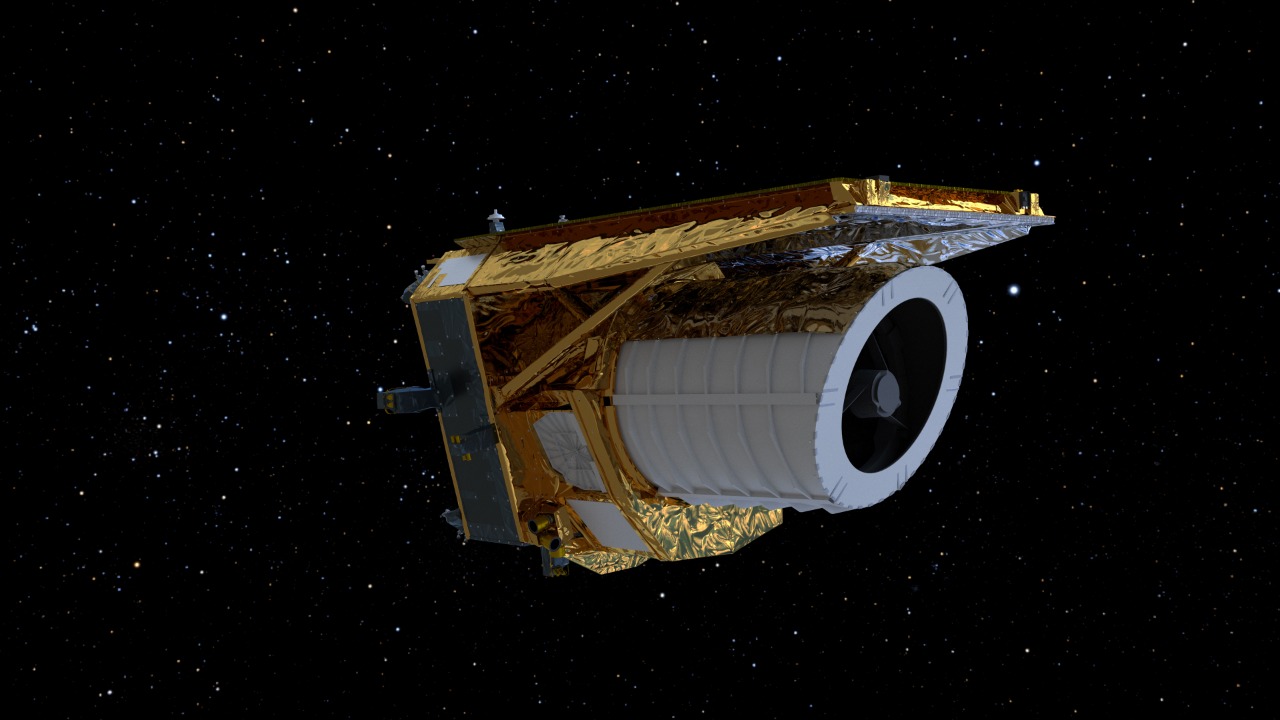
Scientists have long been puzzled by dark matter, an elusive substance that makes up about 27% of the universe. Recent breakthroughs in research are shedding light on its mysterious nature, potentially paving the way for new scientific understandings. This exploration delves into the latest developments in unraveling the mystery of dark matter.
The Enigma of Dark Matter

Dark matter, an invisible and enigmatic form of matter, is believed to be a fundamental component of the universe, surpassing the combined mass of all visible stars and galaxies. Unlike ordinary matter, dark matter does not emit, absorb, or reflect light, making it extraordinarily difficult to detect directly. Its gravitational effects, however, are essential for explaining the behavior of galaxies and the large-scale structure of the cosmos. Understanding dark matter is crucial for a complete picture of the universe’s composition and the forces that govern its dynamics.
The concept of dark matter has a rich history, dating back to the early 20th century when astronomers first noticed discrepancies in the rotational speeds of galaxies. Fritz Zwicky, a Swiss astronomer, coined the term in the 1930s after observing that galaxies in the Coma Cluster moved as if influenced by unseen mass. Over the decades, additional evidence, such as gravitational lensing and cosmic microwave background radiation, has reinforced the hypothesis that dark matter exists. Despite these advances, the true nature of dark matter remains elusive, prompting ongoing efforts to uncover its secrets.
One of the most significant challenges in dark matter research is its non-interaction with electromagnetic forces, which makes it invisible to traditional telescopes and sensors. Scientists rely on indirect methods to study dark matter, such as observing its gravitational effects on visible matter and light. The development of advanced technologies and experimental setups is crucial for overcoming these observational barriers, enabling researchers to probe deeper into the universe’s hidden realms.
Recent Breakthroughs in Dark Matter Research

In recent years, innovative experiments have begun to unlock some of the mysteries surrounding dark matter. Among these are nuclear clocks, which offer unprecedented precision in measuring time and could potentially detect minute changes caused by dark matter interactions. Particle detectors, like the ones employed at the Large Hadron Collider (LHC) and other facilities, are also being refined to identify dark matter candidates such as WIMPs (Weakly Interacting Massive Particles).
International collaboration plays a pivotal role in advancing dark matter research. Projects like the Large Hadron Collider and other international initiatives are bringing together scientists from around the world to tackle this cosmic puzzle. These collaborations foster the exchange of knowledge, resources, and expertise, accelerating progress in the field. The synergy created by these global partnerships is vital for overcoming the complex challenges associated with dark matter detection and analysis.
Emerging theories have also begun to challenge traditional views on dark matter. Recent studies suggest that our understanding of this mysterious matter may be fundamentally flawed, prompting scientists to explore new hypotheses. Some researchers are investigating the possibility of dark matter being composed of exotic particles that do not fit within the standard framework. These innovative ideas are opening new avenues for research, potentially leading to groundbreaking discoveries in the future.
Theoretical Implications and Models

Supersymmetry, a theoretical framework that posits a relationship between fundamental particles, has long been considered a promising candidate for explaining dark matter. According to this theory, every known particle has a supersymmetric partner, some of which could constitute dark matter. While experimental evidence for supersymmetry remains elusive, it continues to be an area of active investigation, offering potential insights into the nature of dark matter and the broader universe.
Alternative models that challenge conventional theories are also gaining traction in the scientific community. Some researchers propose modifications to gravity, suggesting that our understanding of this fundamental force may be incomplete. Others are exploring the concept of new quantum fields that could give rise to dark matter. These alternative theories provide fresh perspectives on the universe’s structure and may offer solutions to longstanding cosmological puzzles.
The implications of these theories for cosmology are profound. If dark matter is indeed composed of exotic particles or governed by new forces, it could reshape our understanding of the universe’s evolution and structure. Insights gleaned from these models may help explain phenomena such as galaxy formation and cosmic expansion, providing a more comprehensive view of the cosmos and its underlying principles.
Technological Advancements in Detection

Technological innovation is at the forefront of dark matter research, driving significant advancements in detection capabilities. Recent improvements in instrument sensitivity and methodology are enhancing our ability to detect faint signals associated with dark matter. These advancements include the development of low-noise detectors and sophisticated data analysis techniques, which are crucial for identifying potential dark matter interactions amidst background noise.
Indirect detection methods, such as observing cosmic rays and gamma rays, are also playing a critical role in dark matter research. By analyzing these high-energy particles, scientists can infer the presence of dark matter and gain insights into its properties. These techniques offer a valuable complement to direct detection efforts, expanding the range of observable phenomena and increasing the likelihood of uncovering dark matter’s elusive nature.
Looking ahead, several upcoming projects and technological advancements promise to revolutionize dark matter research. Next-generation detectors and experiments, such as those planned for the European Space Agency’s Euclid mission, aim to provide more detailed observations of dark matter’s gravitational effects. These initiatives, combined with ongoing improvements in detection technology, hold the potential to unlock new discoveries and deepen our understanding of the universe’s hidden components.
Implications for the Future of Physics

Understanding dark matter could have profound implications for the future of physics, particularly in addressing the limitations of the Standard Model. As a cornerstone of modern physics, the Standard Model describes the fundamental particles and forces that govern the universe. However, it does not account for dark matter, indicating a significant gap in our knowledge. Solving the mystery of dark matter could help bridge this gap, leading to a more comprehensive and unified theory of particle physics.
The potential breakthroughs in dark matter research extend beyond physics, impacting fields such as astrophysics and cosmology. A deeper understanding of dark matter could provide new insights into the formation and evolution of galaxies, the nature of black holes, and the dynamics of cosmic expansion. These discoveries could revolutionize our understanding of the universe, offering a more complete picture of its origins and future.
On a philosophical level, unraveling the mystery of dark matter may alter our perception of the universe and our place within it. As we strive to comprehend this enigmatic substance, we are forced to confront fundamental questions about the nature of reality and our role in the cosmos. The pursuit of dark matter research is not just a scientific endeavor; it is a journey of exploration and discovery that challenges our understanding of existence itself.